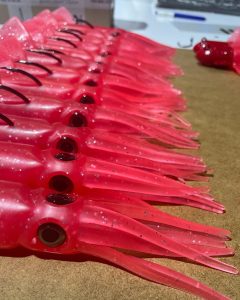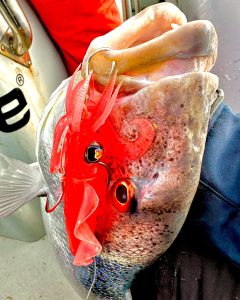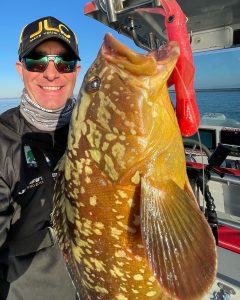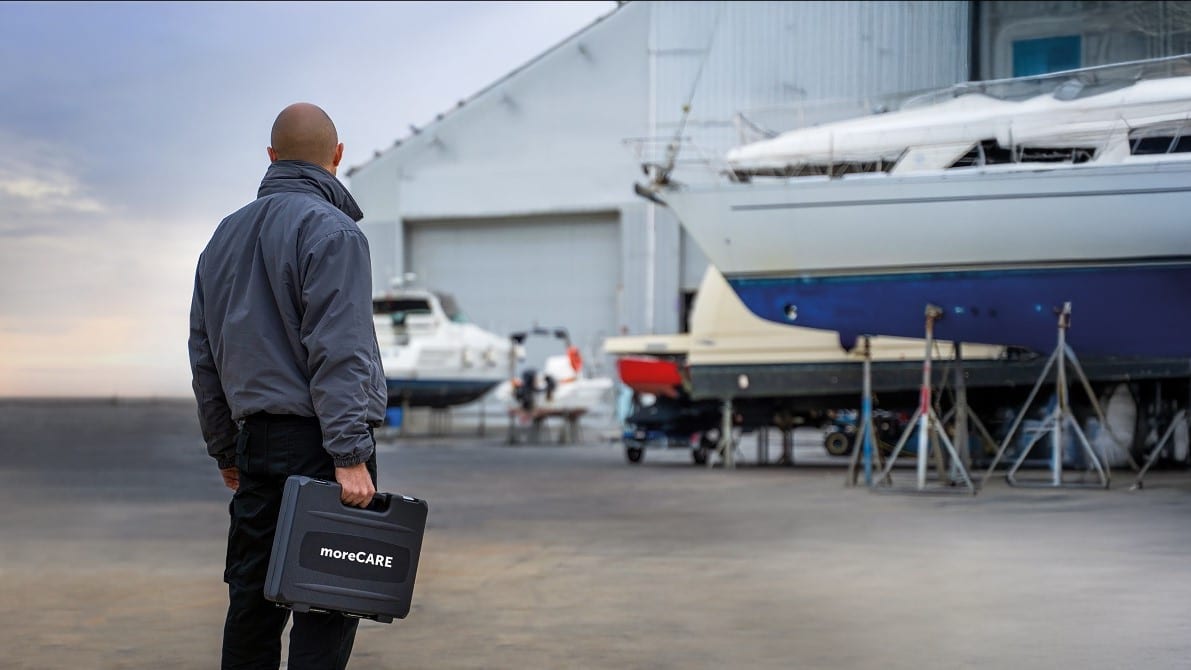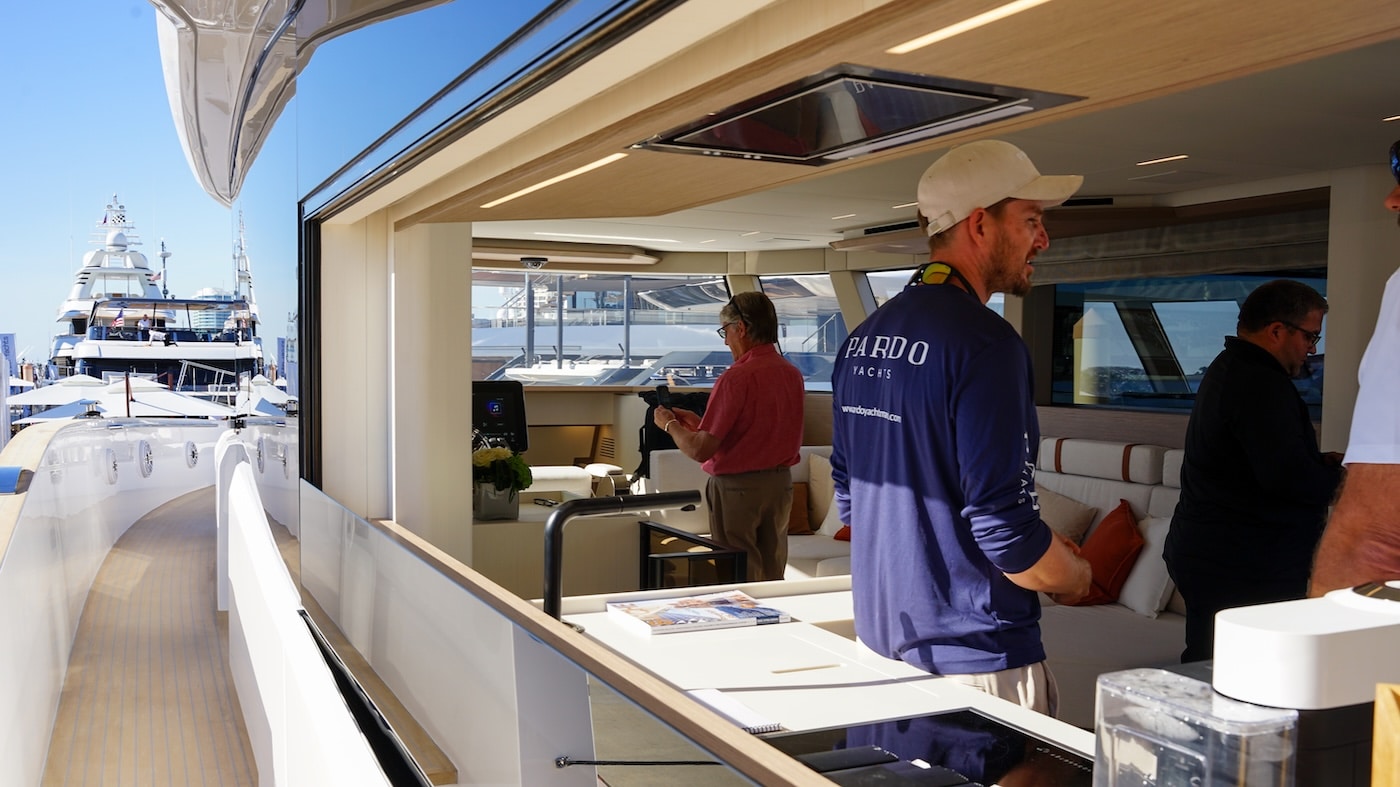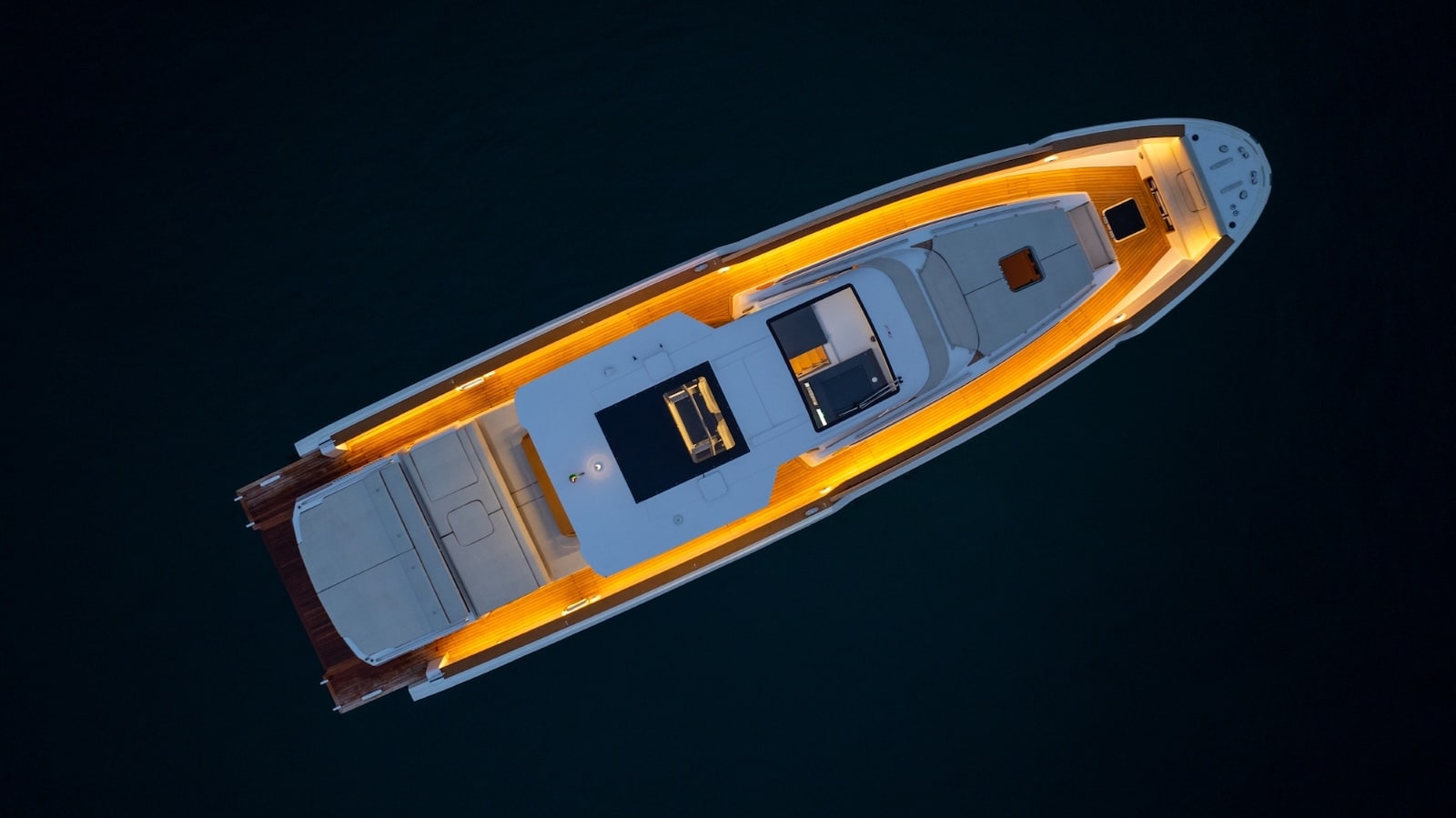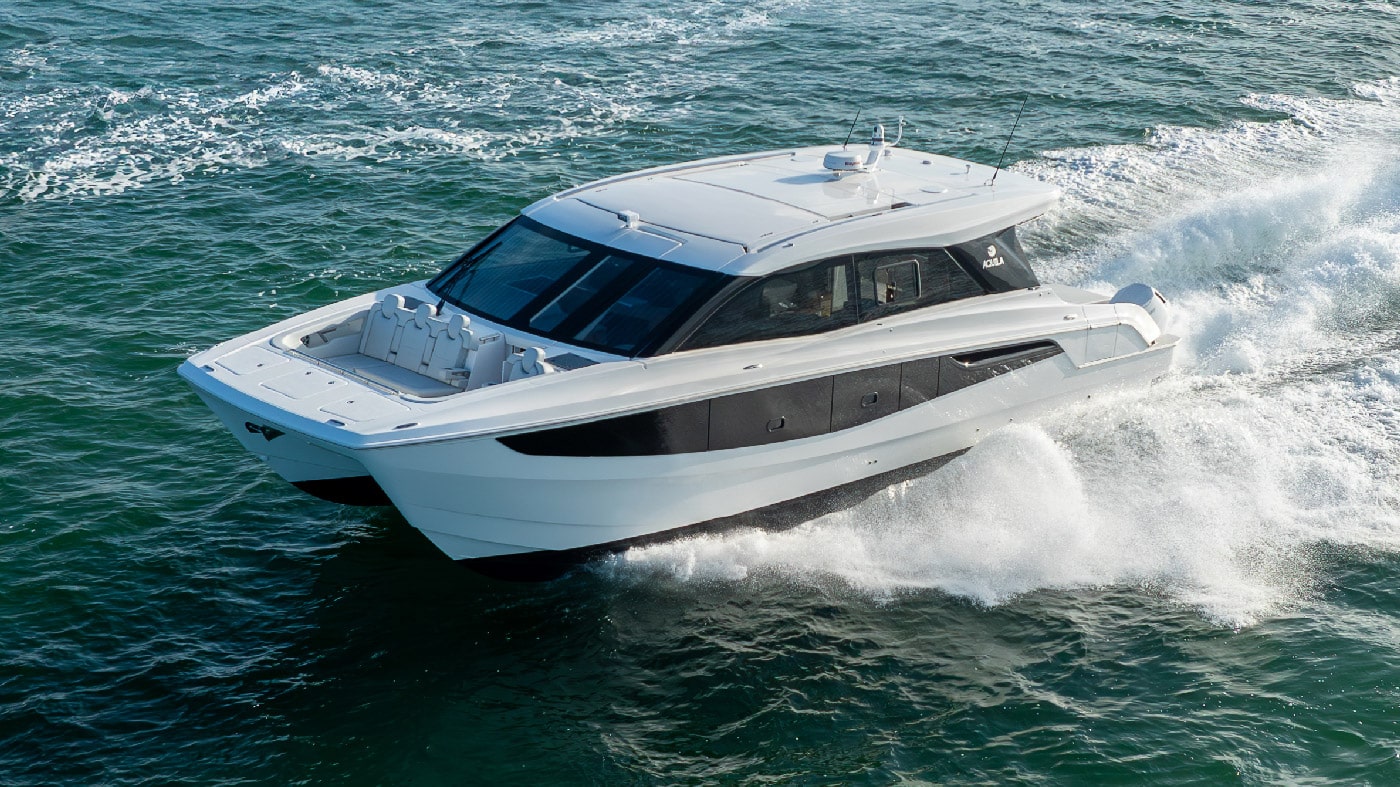Vertical fishing with soft plastic lures is a fishing technique that makes history by itself. This is precisely why I disagree when it is defined as a variant of other vertical disciplines such as, for example, slow jigging. The latter technique, in fact, involves particular artificial lures and certain retrieves that do not correspond to the technique covered in this article.
Vertical fishing: a bit of history
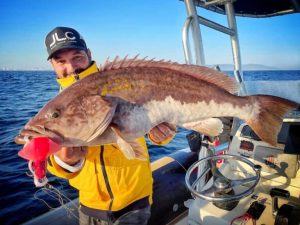
For those like me, who in the first decade of the 2000s had devoted considerable time and effort (including physical effort…), to vertical jigging, the arrival in our areas, around 2010-2012, of new vertical techniques, which had completely different approaches, gave a strong boost in continuing to believe in the search for predators by jigging, since the classic vertical, for a number of reasons, was beginning to yield less results at that time.
The technique that personally intrigued me the most at that time was fishing with jig heads and shads. Shads are long artificial lures made of colored rubber that resemble a fish and are distinguished by a particular paddle tail that gives them, once animated with the retrieve, a characteristic “waggle,” which is completely deadly for unleashing the extreme voracity and aggressiveness of predators that often attack these artificial lures out of territoriality and, therefore, not always out of hunger.
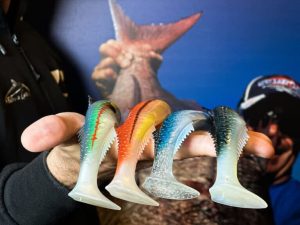
The first to tell me about these lures was a Spaniard, Andres Rosado, who at that time was manufacturing artificial lures mainly for personal use and for a few friends and first customers (I never imagined that this guy, who later became my friend, would create over time the largest European company selling silicone jigging artificial lures: the JLC).
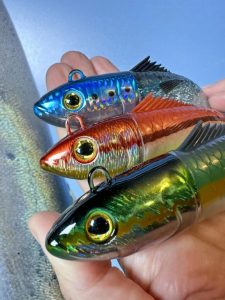
Initially a bit skeptical, I started fishing with soft plastic lures in many areas of the Mediterranean, even in spots where traditional metal jigs were no longer successful and, I must confess, I was totally shocked by the fish that could be fooled and the potential that these new artificial lures had in finding all my target predators.
Around 2014 I wrote my first articles in Italy covering this topic but, at the time, very few anglers followed my advice. Today, instead, seeing the vast number of fishermen who are involved in and passionate about vertical fishing with soft plastic lures truly leaves me speechless. Perhaps needless to say, only a successful technique can involve such a large number of anglers. Not surprisingly, we at YachtingNews Fishing have decided to dedicate a series of articles (this is the first of four) to this discipline in order see, in detail, all its characteristics.
What fish can be caught?
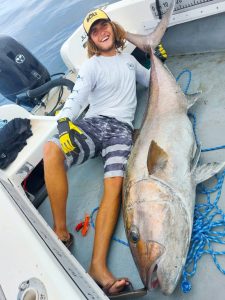
Perhaps, as those who practice fishing with soft plastic lures know, it would be better to ask: which fish cannot be caught when fishing with this type of artificial lure?
Indeed, over time, vertical fishing with soft plastic lures has led to the development of many different lures that, each with its own swimming and particular technical features, allow the anglers to aspire to catch all kinds of predators.
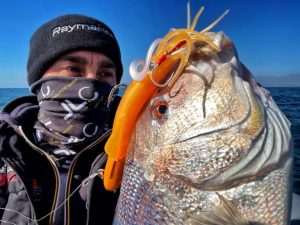
The most successful artificial lures, apart from the above-mentioned shad and jig heads, resemble, in shape and in their various sizes, cuttlefish and squid; used in different weights, depending on the bottom and the current, they allow to catch all benthic predators, including scorpionfish, St. Pierre fish, snappers, groupers or large pink dentex fish.
Soft plastic lures can be used to explore and search for predators all along the water column, so possible targets include pelagic predators, such as skipjack, skipjack tuna, amberjack (and huge ones have been caught), and the king of our seas, the bluefin tuna.
In future articles we will talk in detail about many aspects such as, for example, what are the most suitable equipment, the most effective types of retrievals, how to choose bait and how to make our lines but, now, my final question is: why has vertical fishing with soft plastic lures been gaining so much appreciation for several years, and the number of enthusiasts keeps on growing?
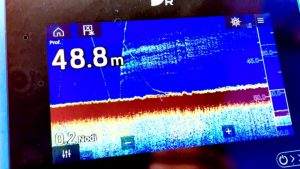
The answer encompasses several aspects: we can say that it is a fishing technique that everyone can practice, both in terms of age, since it is not as tiring as vertical jigging (which requires movements and rhythms that are often frenetic), and also because it is practicable with any type of boat, starting from a 4.00 m dinghy to a 60-foot fisherman, as well as from a kayak a short distance from the coast.
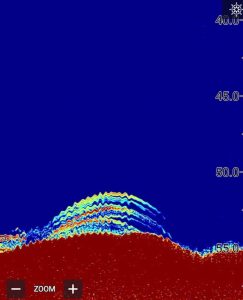
The retrieves do not require great technical preparations, in fact the lures emit vibrations that are very attractive to the fish, already descending to the bottom, as well as when they are retrieved in a very linear manner, so even a beginner can succeed, by lowering in the right place, to fool an important prey. Good results, arriving already on the first outings, have caused many to fall in love with a technique that they have then continued to practice with great confidence.
Another aspect, which is very important in my opinion, is the equipment: all that is needed is a rod, a reel (which can also be purchased at affordable prices) and some bait in the box. This way, the fisherman has everything he needs to face a day at sea in search of strong emotions.
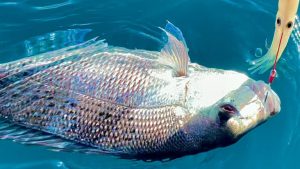
This discipline therefore differs from other techniques, such as, for example, live trolling (another widely practiced fishing technique), where finding bait can often be a big problem, the action can require a lot of time, dedication, as well as technical knowledge, which can change from area to area and month to month.
In short, we can really say that vertical fishing with soft plastic lures can be considered within everyone’s reach (being able to give great excitement and satisfaction at every outing), and easily practiced throughout the year.

